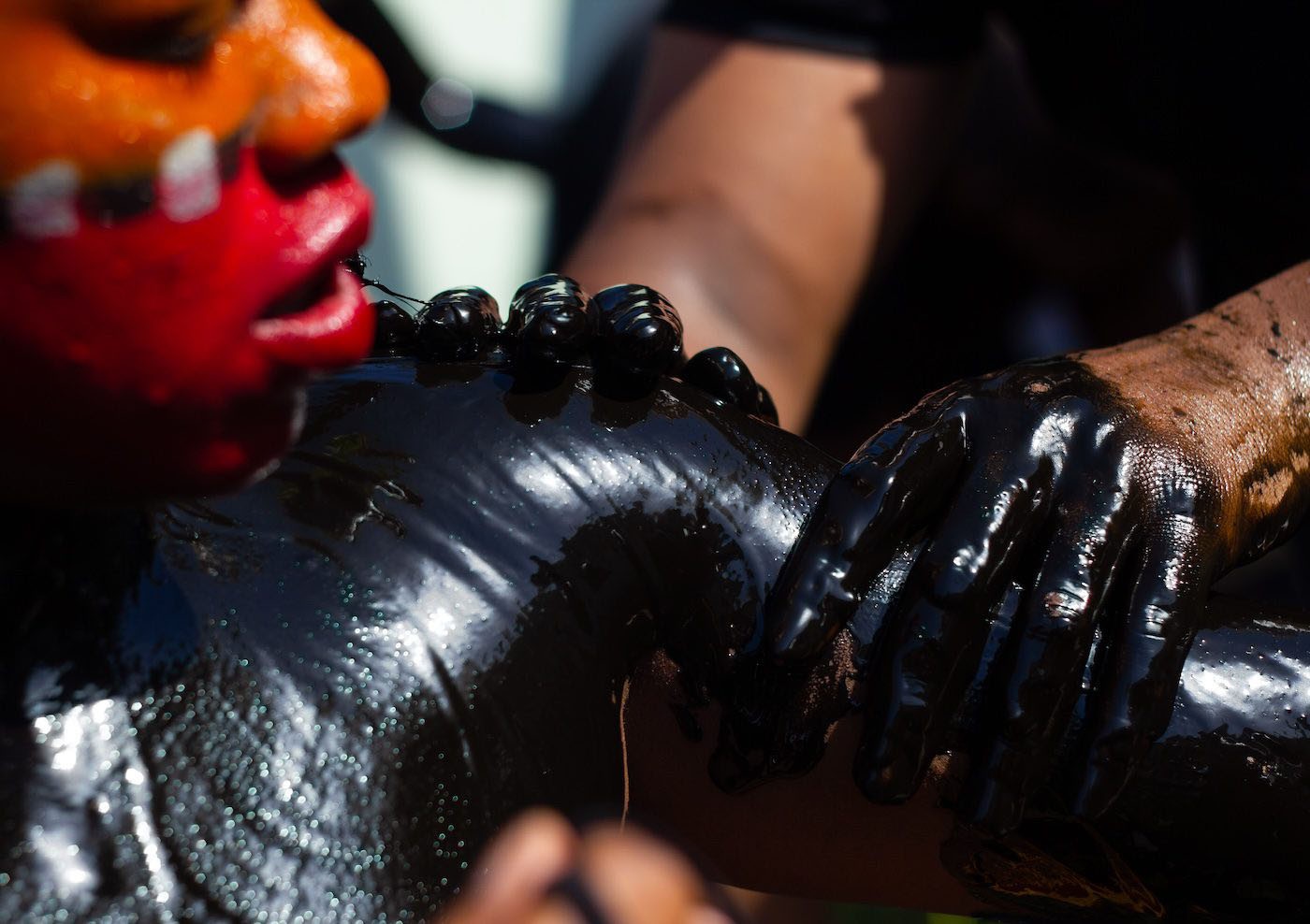Maximiliano Mamani: “Creating Art from a Precarious Position Is a Challenge and an Opportunity”

11 September 2020
Magazine C& Magazine
Words Marie-Louise Stille
6 min read
Maximiliano Mamani is an artist from the Argentinean Andes who gives life to “diverse drag queen” Bartolina Xixa. Bartolina’s performances examine LGBT constructs, colonialism and conceptions of gender and sexuality. Marie-Louise Stille spoke with Mamani for C&AL about his vision as an artist and a performer and about his participation in the 11th Berlin Biennale of Contemporary Art.
C&AL: Who is Bartolina Xixa?
Maximiliano Mamani: Bartolina Xixa is my transformative creation. She was born out of a desire to understand the processes I was going through in my life, such as claiming my identity as a homosexual, as a person of diverse gender-affection and of Andean and indigenous ancestral heritage. Dance is a space where we can discuss, reflect and denounce the ways in which we are violated and oppressed through systems that leave us on the shores of reality. Bartolina is a criticism of colonial thought and the colonial construct and matrix that define our reality. Through her I am in an ongoing dialogue with my reality and a form or method for creating art that both departs from and is anchored in our own life experiences.
C&AL: You define Bartolina Xixa as a “diverse drag queen”. What do you mean by that?
MM: The construction of drag is closely connected to western feminine concepts and there is a certain symbol or imagery in drag, which is first shaped in the mind, often derived from virtual platforms or communication media. This doesn’t mean that we are all pursuing the same path. There are other ways of doing drag which transcend other spaces; ways that are are congenital, very personal and rooted in our interiors.
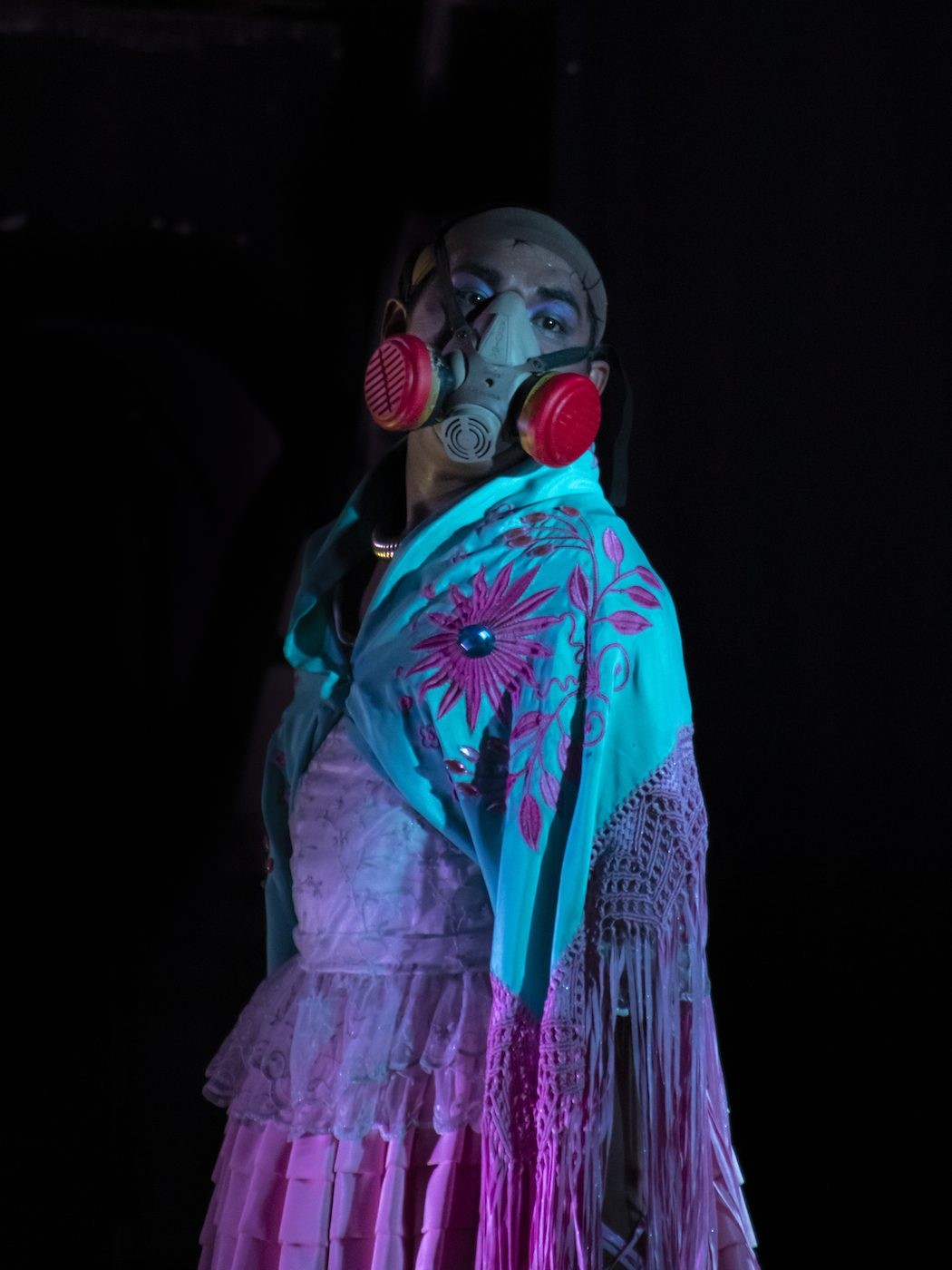
Bartolina Xixa, 2019. Courtesy of Maximilano Mamani/Bartolina Xixa. Photo: Elisa Portela.
C&AL: What topics do you wish to address through your artwork?
MM: Central to my work is the ability to express, through art and dance, the inequality experienced by people with a different body or face or who come from a different geographical place. Initially, I was very interested in sexual diversity, but I realized that there were other evils that are killing us and that must be brought to light: Environmentalist abuse, racism, misogyny and illegal land appropriation in Latin America. In the face of the problems we are experiencing, art is urgent and necessary. Not just as pure pleasure, but from a need for change.
C&AL: What role do the folkloric dances of the Andean region of northern Argentina play in your work with Bartolina?
MM: They are almost everything. The Andean folklore is the vehicle, the opportunity and the trigger for creating my performances. I grew up in Tilcara where the only artistic expressions we had were some types of music and these dances. Bartolina is part of the things I had within reach, of what I could do and was allowed to do. In my performances, I rediscover myself in those dances, that my people also understand. Although Argentine folklore is very macho, patriarchal, colonial and racist in its structure, that doesn’t mean that LGBT structures aren’t also full of macho, racism, xenophobia and coloniality. I live in this territory, I am brown, poor, queer and I also want to direct that criticism towards the LGTB community: I am not that white gay person.
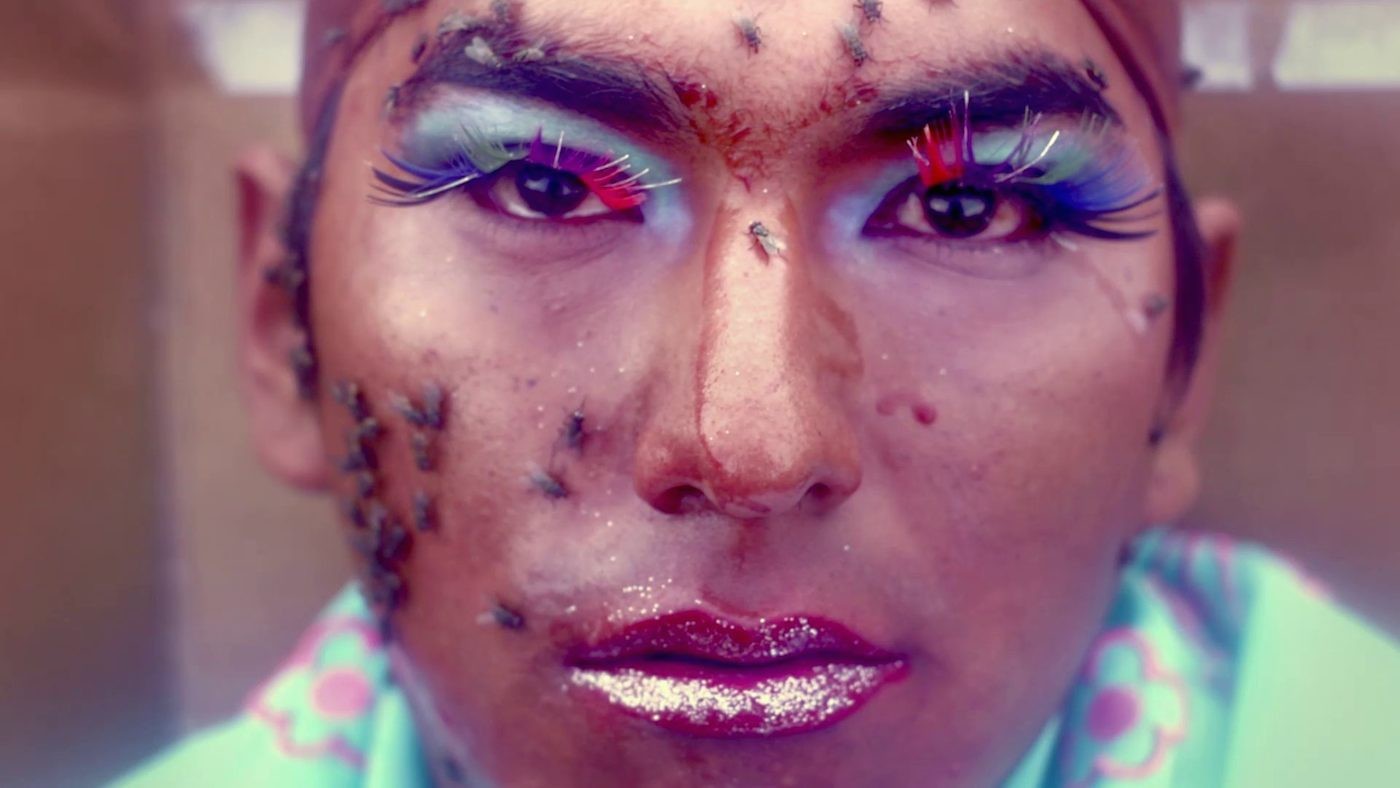
Bartolina Xixa, Ramita seca la colonialidad permanente (Dry Twig, The Permanent Coloniality), video, 2019. Courtesy of Maximilano Mamani/Bartolina Xixa.
C&AL: What made you choose video as a platform for Bartolina?
MM: At the time, I thought it was necessary to intervene in the virtual space with our faces and be seen there, since our faces are not visible in Argentina. Intervene in those spaces where history has denied brown faces and find this face whose features are supposedly different from the Argentinean, but who in reality also dances the ‘Argentineaness’, so to speak.
C&AL: What artistic projects are you currently involved in?
MM: I am working on The Funerals of Bartolina Sisa inspired by the rebel leader Bartolina Sisa, who fought in the Andes alongside Tupac Katari against the colonist occupation and died a very violent death. Bartolina’s funeral was never celebrated and so we need to recreate it.
C&AL: What does it mean to you to be part of the program at the Berlin Biennale?
MM: I never thought of my art as something that could move beyond the local environment where I live. The invitation surprised me, and my opportunity to imagine things was expanded by the occurring possibilities.
C&AL: What piece will you present at the Biennale?
MM: I am going to present Ramita seca (Dried Branch) and a new performance piece that is still in process. Things are currently being redefined and it is uncertain whether I will be able to travel and be physically present at the event.
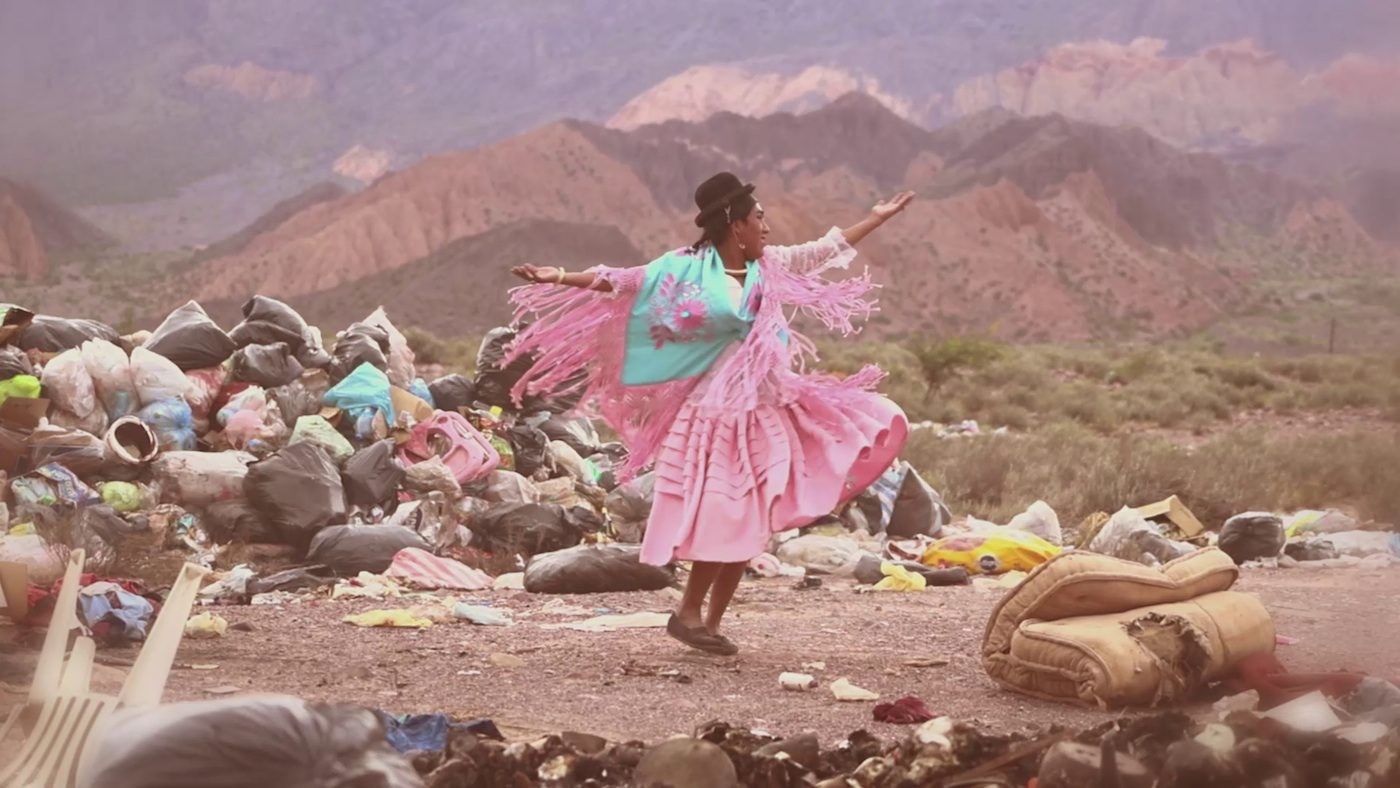
Bartolina Xixa, Ramita seca la colonialidad permanente (Dry Twig, The Permanent Coloniality), video, 2019. Courtesy of Maximilano Mamani/Bartolina Xixa.
C&AL: How has the coronavirus pandemic and its consequences affected your work?
MM: It has always been very difficult to sustain our work with the few spaces we have. Art was already rudimentary and precarious but now, after COVID-19, the possibilities have become null and void. If art needs such a high level of comfort to exist, we will never be able to understand it from our reality. Creating art from a precarious position is a challenge and an opportunity. And making art from hunger is a reality, it’s so original, so alive. In this reality, from the shores of ‘Sudaca” [colloquial (derogatory) term used to refer to people of South American origin], art is redefined and acquires new possibilities.
C&AL: What are your plans for the future?
MM: My artistic constitution needs to take a turn to create for the We. Being a queer, poor, brown South American, I am an extremely exotic object for otherness. While it’s interesting to discuss that reality, this is not the time for me to be preaching the word from the margins to the center. We need to go back to creating art on the shores and peripheries and strengthen our artistic positions from there. My goal after all this is to create art by us and for us, and from a position that speaks from the sameness. An artistic construction that speaks to us, to ourselves in order to reinforce ourselves. Return to the origins and reinforce the trunk so that the branches can reach out.
Maximiliano Mamani is an Andean artist from Jujuy, Argentina. He is a dancer and professor of folklore and studied anthropology at the University of Salta. As a drag queen artist, he has created Bartolina Xixa, a character inspired by the chola paceña and the revolutionary leader Bartolina Sisa. He lives in Tilcara, Jujuy.
Marie-Louise Stille, who conducted the interview, is a cultural project manager and contributor at C&AL. She lives in Berlin.
Translation from Spanish by Zarifa Mohamad Petersen.
Read more from

Confronting the Absence of Latin America in Conversations on African Diasporic Art

On Exile, Amulets and Circadian Rhythms: Practising Data Healing across Timezones
Read more from
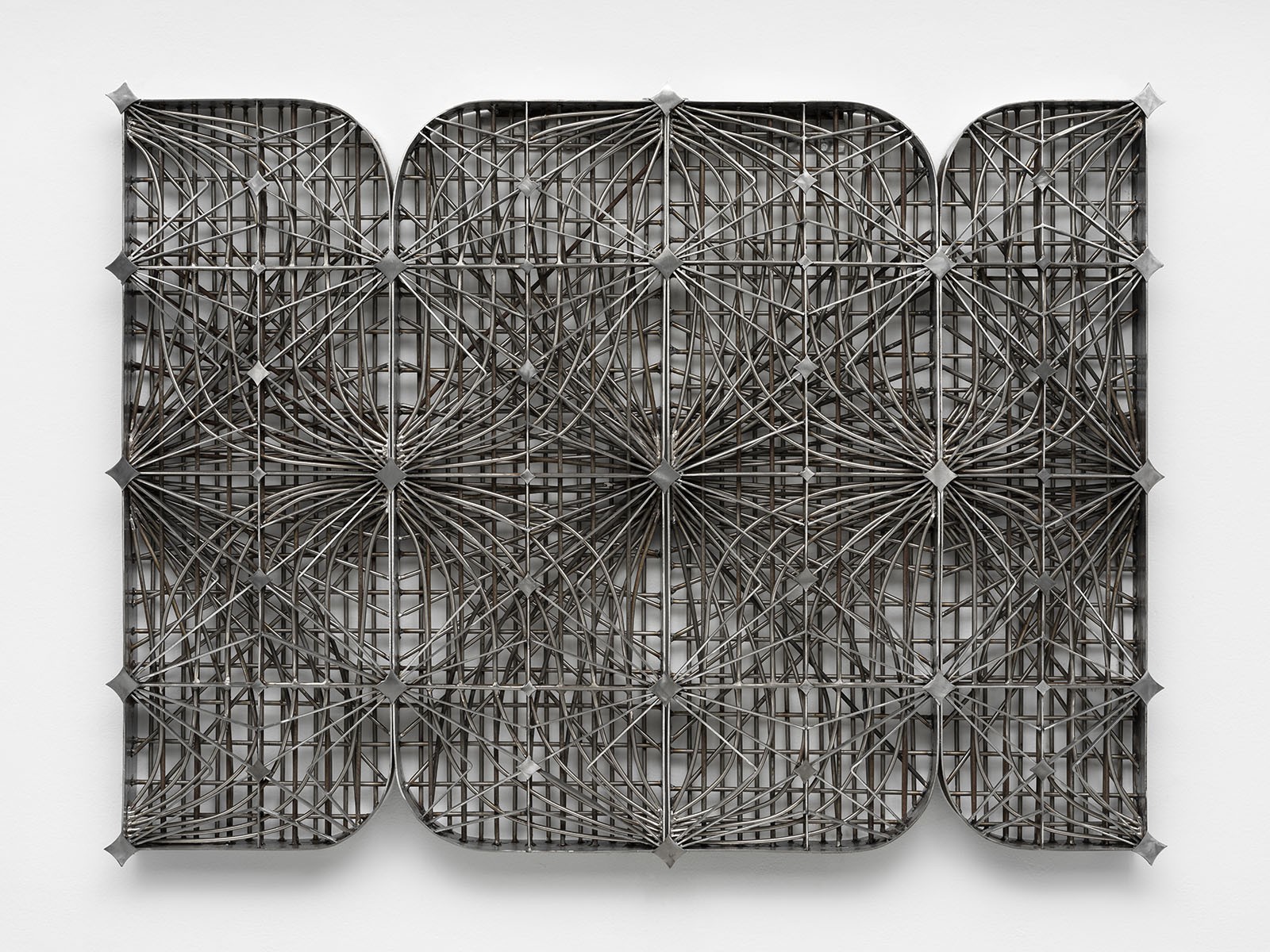
Jesús Hilário-Reyes: Dissolving Notions of Group and Individual
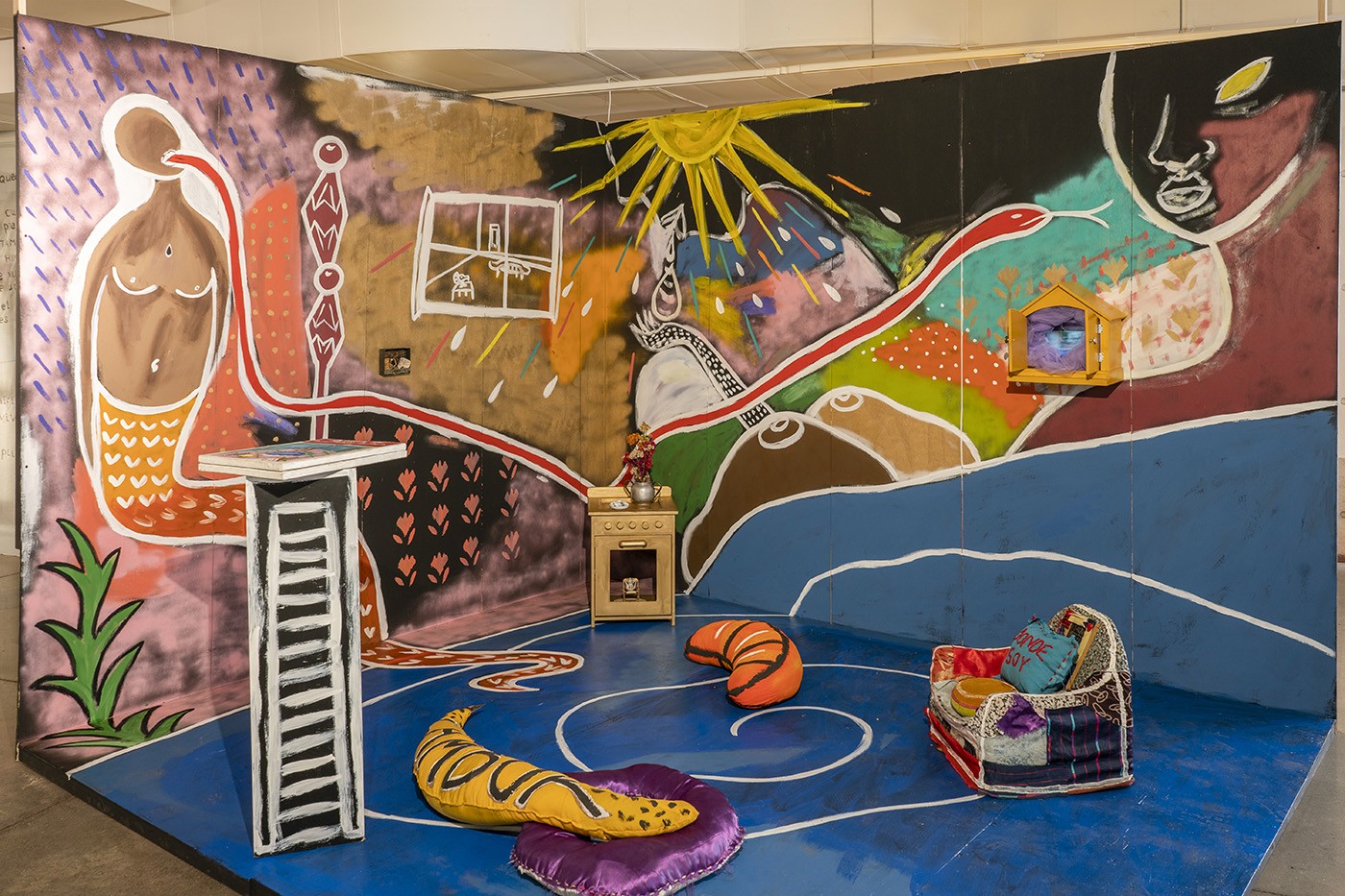
A Biennial that relates sound to space and bodies
